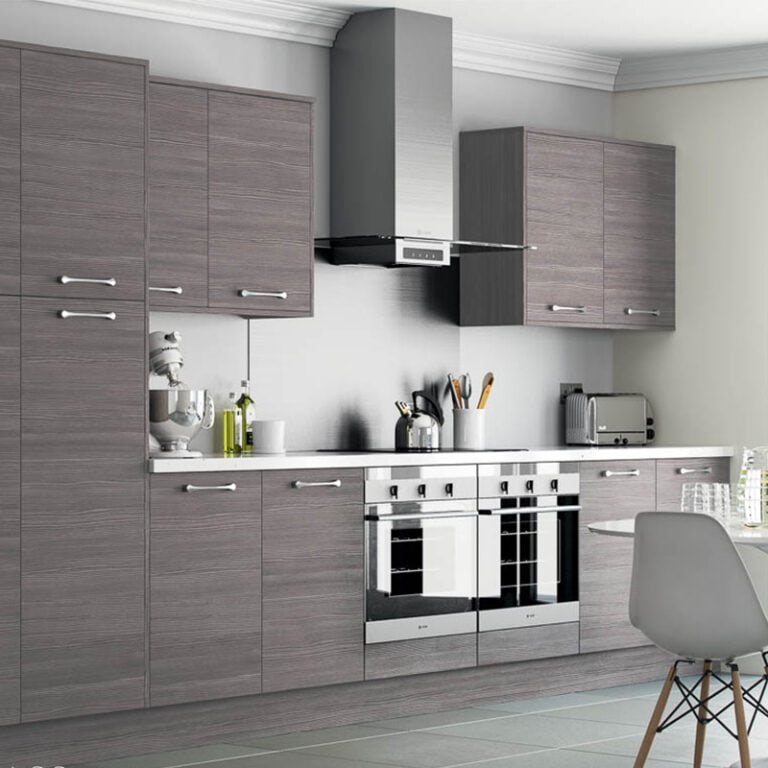How Best Quality Plywood is Made?
How Best Quality Plywood is Made?
Are you thinking to decorate your home ? Are you Searching For Best Plywood ?
The quest for quality plywood can be difficult. Sub-standard plywood is cheaply made by using Fali ,at often resulting in cupping; by contrast. The secret of Navkar Quality plywood is a combination of core construction of veneers with No gaping system ,Non structural grades C+/C which are not intended for structural use may have bigger and more frequent layup defects .best plywood manufacturer
Navkar match the best quality ensuring that the structural plywood maximizes its full strength potential across the whole panel by minimizing the number of undesirable core gaps, Navkar uses perfect A grade face veneers (natural or composed) having no cracks so that quality can be maintained and We follow proper manufacturing process using IS 303 standards.
This makes Navkar “Top-Quality plywood” that maximizes the chief characteristic that makes plywood preferable to solid wood in the first place: stability.
Plywood Manufacturing Process
As every industry has been upgraded there manufacturing changes plywood industry has also gone through changes. And its still going-on …The strength, durability and aesthetics of plywood has made it popular for use in construction and home decoration
Plywood Manufacturing has several steps such as selection of logs, debarking, cutting the logs, peeling the log, making a continuous ribbon of wood, cutting and stacking, gluing the wood, pressing the wood, trimming, sanding, and finishing
Selecting the log :
The entire plywood-making process begins with log selection. Once suitable logs are selected, they are then made to go through a conditioning process to assure that good quality veneer is produced during the peeling process.
Debarking and Cutting :
After peeling The purpose of this operation is to remove the outer bark of the tree without substantially damaging the wood. After the bark is removed, the logs are cut to appropriate lengths the logs are cut to length to fit the lathe, which is normally 240-270 cm., so that best quality plywood can be created.

Peeling / Veneer :
Using a rotary lathe machine, the logs will be peeled into thin veneers. The veneers produced can come in the form of continuous sheets , The most often-used core is definitely veneer. Varying from 2 to 6.5 mm in thickness, the veneers are laid in alternating grain direction in order to create a stable substrate. As a result, typically more layers do produce a more stable product; however, the number of plies doesn’t always translate into greater stability or higher quality. The size and number of gaps between layers contributes to the grade of a sheet.
Since the quality of the veneer is one of the single most important factors in determining plywood grade, veneers with visible defects are clipped off. As a result, clipping leaves some veneers end up with a smaller surface area. This, however, isn’t a problem, because these smaller veneers can be joined together to form standard 4×8 or 3×7 sheets.
Drying and pressing : As you can expect, the green veneers produced by the peeling process are typically wet or full of moisture, and need to be dried After properly drying and trimming the veneers, they are then composed into final 4×8 sheets
Once the sheets are properly composed, they are then bonded with the use of adhesives. The adhesives to be used at this point will depend on the type of plywood being produced. After pressing, the veneers become totally bonded. In the panel trimming process Panels are cut and squared according to market standards.
After trimmed, the panels undergo a surface correction process. Synthetic Patching (using acrylic paste) is applied in order to flattening and correct wood knots and small cracks that might be present on the faces of the plywood panels. After concluding the finishing processes the plywood pallets follow to the packaging












